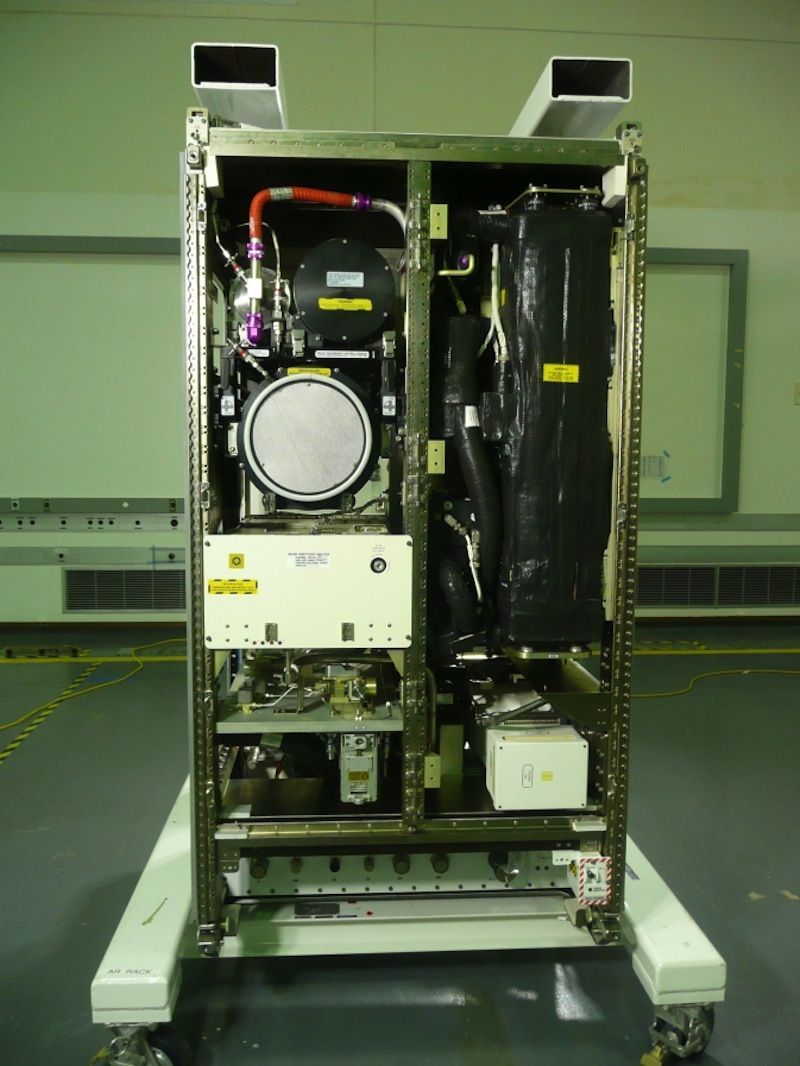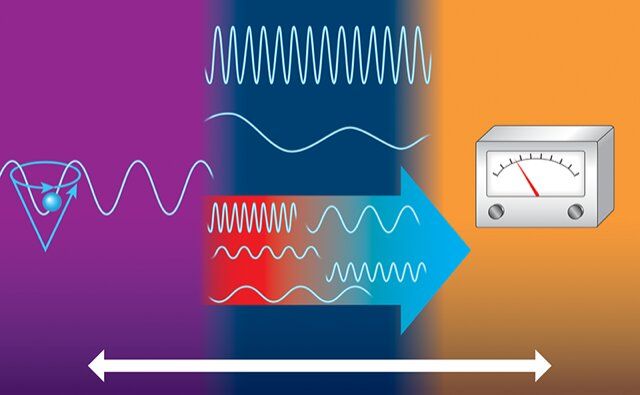In a development that could finally shed light on dark matter, an international team of scientists have detected neutral hydrogen atoms, from a galaxy other than our own, for the very first time.
The finding came thanks to the enormous Five-hundred-meter Aperture Spherical Radio Telescope (FAST), which sits in a hilly, green natural basin in southwest China’s Guizhou Province.
The researchers detected the hydrogen coming from three extragalactic galaxies with only five minutes of exposure, a feat that demonstrates the exceptional sensitivity of the telescope. It is the first time neutral hydrogen from outside the Milky Way has been detected.








